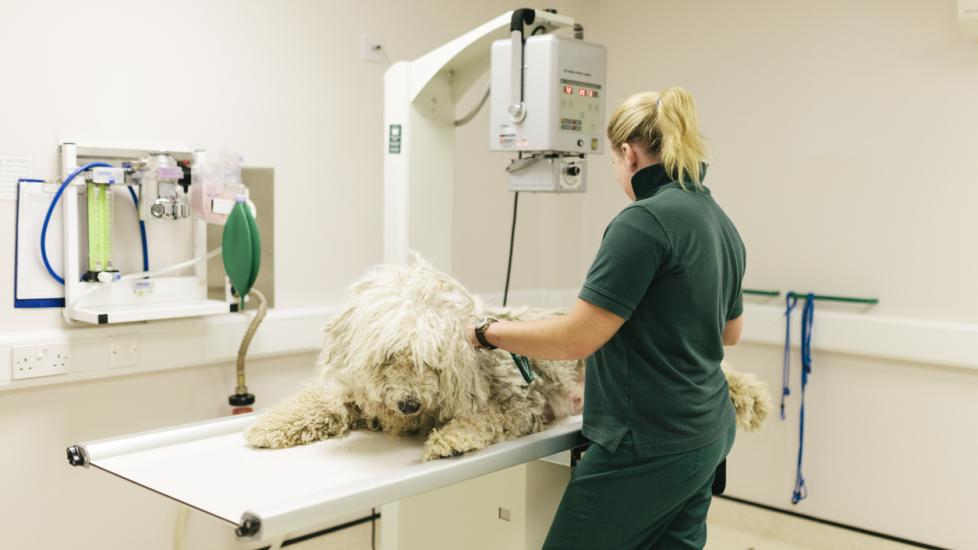Understanding Diaphragmatic Hernias: A Silent Threat to Your Canine Companion’s Health
Lying peacefully on the couch, your beloved furry friend might seem like a picture of health. However, beneath that soft coat and wagging tail could lurk a condition known as diaphragmatic hernia (DH) – a potentially life-threatening disorder affecting dogs of all ages, breeds, and sizes. This article aims to shed light on this insidious ailment, providing you with essential information for recognizing symptoms, understanding causes, and seeking prompt veterinary care.
What is Diaphragmatic Hernia?
The diaphragm, a muscular partition separating the chest cavity from the abdomen, plays a crucial role in breathing by assisting lung expansion during inhalation. When a portion of an organ or intestinal loop pushes through a weakness or tear in the diaphragm into the thoracic cavity, it results in DH. The most common organs affected are the stomach, small intestines, liver, spleen, and colon.
Causes of Diaphragmatic Hernia
The exact cause of DH remains elusive; however, certain factors have been associated with its development:
- Genetics: Some breeds such as Great Danes, Boxers, German Shepherds, and Irish Setters appear predisposed due to genetic anomalies.
- Trauma: Blunt force trauma can rupture the diaphragm, leading to subsequent herniation.
- Congenital Defects: Puppies may be born with a pre-existing weakness in their diaphragms.
- Pregnancy: Gravity and pressure changes related to pregnancy can exacerbate existing weaknesses.
- Ageing: With age, muscles can weaken, increasing vulnerability to tears.
Symptoms of Diaphragmatic Hernia
The signs of DH vary widely depending on the severity and size of the hernia. They can include:
- Difficulty breathing
- Coughing
- Gastrointestinal upset
- Loss of appetite
- Vomiting
- Abdominal pain
- Tiring quickly when exercising
- Distended or bloated appearance
These symptoms often mimic other less critical conditions, making early diagnosis challenging. It is crucial to remain vigilant and consult with a veterinarian if any unusual behavior arises.
Diagnosis and Treatment
Veterinarians rely on imaging techniques such as X-rays and ultrasound to confirm the presence of DH. In some cases, CT scans or MRI may provide additional detail. Once diagnosed, treatment options depend on the extent of the hernia but typically involve surgical repair. During surgery, the protruding organs are repositioned back into the abdominal cavity, and the defect in the diaphragm is repaired using sutures or synthetic materials. Postoperative care involves strict monitoring of vital signs, pain management, and careful feeding protocols to ensure proper healing.
Preventing Diaphragmatic Hernia
Prevention mainly focuses on maintaining good overall health and addressing potential risk factors. Regular physical exams by a veterinarian can help identify underlying issues before they progress to DH. Providing a nutritious diet and engaging in regular exercise contribute to muscle strength and reduce strain on the diaphragm. Additionally, avoiding high-impact activities that could lead to traumatic injury is advisable. Breed awareness and responsible breeding practices can also play a part in reducing the incidence of hereditary forms of DH.
In conclusion, diaphragmatic hernia is a serious condition requiring immediate attention once suspected. By staying informed about the risks and knowing what to look for, dog owners can act promptly should their pets develop any concerning symptoms. Open communication with your pet’s healthcare provider is key to ensuring the best possible outcome for your four-legged family member. Remember, early detection saves lives!
